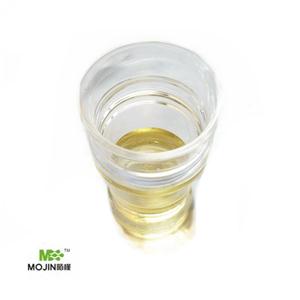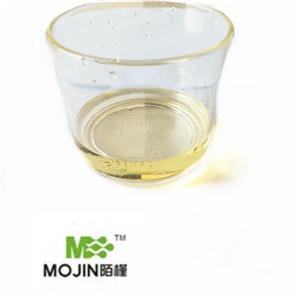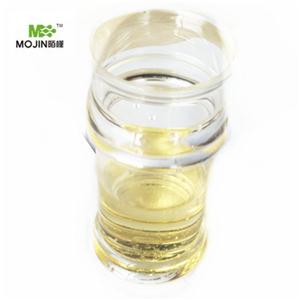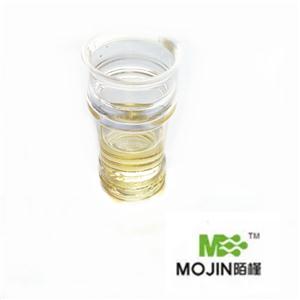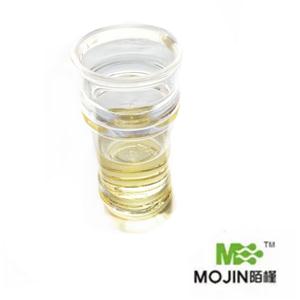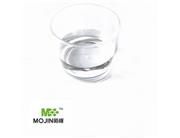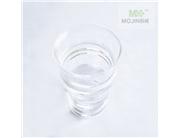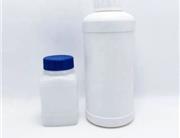| Product Name | Bromobenzene |
| CAS No | 108-86-1 |
| EC-No | 203-623-8 |
| Min. Order | 1KG |
| Purity | 99% |
| Supply Ability | 50000KG/month |
| Release date | 2025/02/28 |
| CAS: | 108-86-1 |
| MF: | C6H5Br |
| MW: | 157.01 |
| EINECS: | 203-623-8 |
| Product Categories: | Analytical Chemistry;Standard Solution of Volatile Organic Compounds for Water & Soil Analysis;Standard Solutions (VOC);C6Essential Chemicals;Aryl;Chemical Class;A-BAlphabetic;Alpha Sort;B;BI - BZChemical Class;Bromo;Halogenated Hydrocarbons;Reagent Plus;Routine Reagents;Pharmaceutical Intermediates;Organics;BENZENE BASED BROMO;Halogenated;Volatiles/ Semivolatiles;alkyl bromide |
| Mol File: | 108-86-1.mol |
 | |
| Bromobenzene Chemical Properties |
| Melting point | -31 °C |
| Boiling point | 156 °C(lit.) |
| density | 1.491 g/mL at 25 °C(lit.) |
| vapor density | 5.41 (vs air) |
| vapor pressure | 10 mm Hg ( 40 °C) |
| refractive index | n |
| Fp | 124 °F |
| storage temp. | Store below +30°C. |
| solubility | Miscible with diethyl ether, alcohol, carbon tetrachloride, chloroform and benzene. |
| form | Liquid |
| color | Clear colorless to faintly yellow |
| Odor | pleasant smell |
| explosive limit | 0.5-2.5%(V) |
| Water Solubility | insoluble. <0.1 g/100 mL at 20.5 ºC |
| Merck | 14,1406 |
| BRN | 1236661 |
| Henry's Law Constant | 2.47 at 25 °C (gas stripping-GC, Shiu and Mackay, 1997) |
| Stability: | Stable. Combustible. Incompatible with strong oxidizing agents. |
| InChIKey | QARVLSVVCXYDNA-UHFFFAOYSA-N |
| LogP | 3.14 at 25℃ |
| CAS DataBase Reference | 108-86-1(CAS DataBase Reference) |
| NIST Chemistry Reference | Benzene, bromo-(108-86-1) |
| EPA Substance Registry System | Bromobenzene (108-86-1) |
| Bromobenzene Usage And Synthesis |
| Chemical Properties | Bromobenzene, also known as phenyl bromide and monobromobenzene, is a benzene halogen derivative generated by benzene being substituted by bromine in the presence of iron powder. The chemical reaction principle is the same as that of chlorination of benzene to produce chlorobenzene. The reaction between bromobenzene and metal magnesium can generate phenylmagnesium bromide, which is a Grignard reagent with important uses in organic synthesis. |
| Physical properties | Mobile, clear, colorless to pale yellow liquid with an aromatic odor. The reported odor threshold is 4.6 ppm (Mateson, 1955). Insoluble in water, soluble in benzene, alcohol, ether, chlorobenzene and other organic solvents. It is irritating to the skin and anesthetic to the nerves. Its toxicity is stronger than chlorobenzene. Inhalation of its vapors can cause anemia and damage the liver. |
| Uses | Bromobenzene is a colorless, flammable liquid with a density greater than water and with an aromatic odor. It is synthesized by the reaction of bromide with benzene in the presence of iron powder. It is used for organic synthesis, particularly in the production of the intermediate phenylmagnesium bromide. Bromobenzene is an additive to motor oils and used as a crystallizing solvent. It is used as an ingredient in the manufacture of phencyclidine, a recreational drug. |
| Definition | ChEBI: Bromobenzene is the simplest member of the class of bromobenzenes, that is benzene in which a single hydrogen has been substituted by a bromine. A liquid at room temperature (m.p. -30℃; b.p.760 156℃), it is used as a solvent, particularly for large-scale crystallisations, and for the introduction of phenyl groups in organic synthesis. It has a role as a non-polar solvent, a hepatotoxic agent and a mouse metabolite. It is a member of bromobenzenes, a bromoarene and a volatile organic compound. |
| Application | The compound is employed as a starting material in organic syntheses in which a Grignard intermediate (phenyl magnesium bromide) is used. The material is a chemical precursor for certain agricultural products and has been used as an additive to motor oils. Bromobenzene has also been used as a high-density solvent for chemical recrystallization processes. especially for crystallizations on a large scale and where a heavy liquid is desirable. |
| Preparation | Bromobenzene is obtained by reacting benzene with bromine. First add iron powder and benzene into the reactor, slowly add bromine under stirring, keep the reaction at 70-80°C for 1 h after adding, the obtained crude product is washed with water and 5% sodium hydroxide solution, left to stand for stratification, distillation, Drying, filtering, and finally fractional distillation under constant pressure, taking the fraction at 155-157°C to obtain the finished product. |
| Synthesis Reference(s) | The Journal of Organic Chemistry, 30, p. 304, 1965 DOI: 10.1021/jo01012a512 Tetrahedron Letters, 26, p. 1935, 1985 DOI: 10.1016/S0040-4039(00)98345-X |
| General Description | Mobile clear colorless liquid with a pungent odor. Flash point 124°F. Denser than water and insoluble in water. Hence sinks in water. Vapors are heavier than air. A skin irritant. |
| Air & Water Reactions | Flammable. Insoluble in water. |
| Reactivity Profile | Bromobenzene may be sensitive to light. May react with oxidizing agents . |
| Health Hazard | Contact with liquid causes irritation of eyes and mild irritation of skin. Ingestion causes mild irritation of mouth and stomach. |
| Fire Hazard | Moderate fire risk. Special Hazards of Combustion Products: Irritating hydrogen bromide and other gases may be produced in fire. |
| Biochem/physiol Actions | Bromobenzene induces hepatic necrosis via the formation of a reactive metabolite that arylates vital cellular macromolecules. |
| Safety Profile | Moderately toxic by ingestion, subcutaneous, and intraperitoneal routes. LWdly toxic by inhalation. An eye and mucous membrane irritant. Mutation data reported. Flammable liquid when exposed to heat, sparks, or flame. Can react with oxidtzing materials. To fight fire, use water to blanket fire, foam, CO2, water spray or mist, dry chemical. Violent reaction with bromobutane + sodium when heated above 30℃. When heated to decomposition it emits toxic fumes of Br-. See also BROMIDES. |
| Source | No MCLs, MCLGs, or DWELs have been proposed (U.S. EPA, 2000). Storm water runoff, waste motor oils, improper disposal of laboratory solvent containing bromobenzene (quoted, Verschueren, 1983) |
| Environmental Fate | Bromobenzene will volatilize from dry surfaces, due to its vapor pressure of 4.18mmHg at 25°C, and therefore will exist as a vapor in the environment. Bromobenzene will undergo little hydrolysis in water and little biodegradation by aquatic microorganisms. Bromobenzene is not expected to adsorb to sediment from water due to its soil sorption constant (Koc) of 150 and water solubility of 446 mg l-1. It is also expected to have a high mobility in soil and volatilize easily from moist surfaces due to its Henry’s law constant of 2.47×10-3 atmm3 mol-1 at 25°C. Bioconcentration factors range from low values of 8.8 in carp to moderately high values of 190 in algae. |
| Metabolic pathway | Bromobenzene and chlorobenzene are metabolized by human and mouse hepatic microsomes to two different epoxide intermediates, which rearrange to form either o- or p-bromo- and o- or p-chlorophenols, respectively. Humans preferentially metabolize halobenzenes through the hepatotoxic 3,4-epoxide pathway, suggesting that humans may be more susceptible than mice to halobenzene-induced hepatotoxicity. |
| Purification Methods | Wash bromobenzene vigorously with conc H2SO4, then 10% NaOH or NaHCO3 solutions, and H2O. Dry it with CaCl2 or Na2SO4, or pass it through activated alumina, before refluxing with, and distilling from, CaH2, using a glass helix-packed column. [Beilstein 5 IV 670.] |
| Toxicology | The acute toxicity of bromobenzene is lowin test animals. The toxic symptoms includesomnolence, respiratory stimulation, and muscle contraction. The oral LD50 value in rats is2700 mg/kg. |
Packing &shipping&Payment
Shipping:by sea or by air
Payment:T/T,western union,moneygram
Packaging Details drum
Port:Tianjin
Lead Time :
| Quantity(Kilograms) | 1 - 10000 | >10000 |
| Est. Time(days) | 5 | To be negotiated |

 Company information
Company information
Hebei Mojin Biotechnology Co., Ltd, Our company is a professional in 4'-Methylacetophenone,Levamisole hydrochloride ,N-Methylformamide and other chemical reagents research and development production enterprises. Our business covers more than 30 countries, most of the big customers come from Europe, America and other countries in the world, we can guarantee the quality and price. In recent decades, with the efforts of all employees, we have established many cooperative companies in shandong, henan, guangdong and other places. Our corporate purpose is based on the market, enhance the strength, take the road of scientific and environmental sustainable development, relying on the country. Technology r & d center, increase the investment in r & d, based on the domestic market, expand the international market, manufacturing quality products, sincere service to the society, into a modern, ecological, scientific and technological enterprise world.
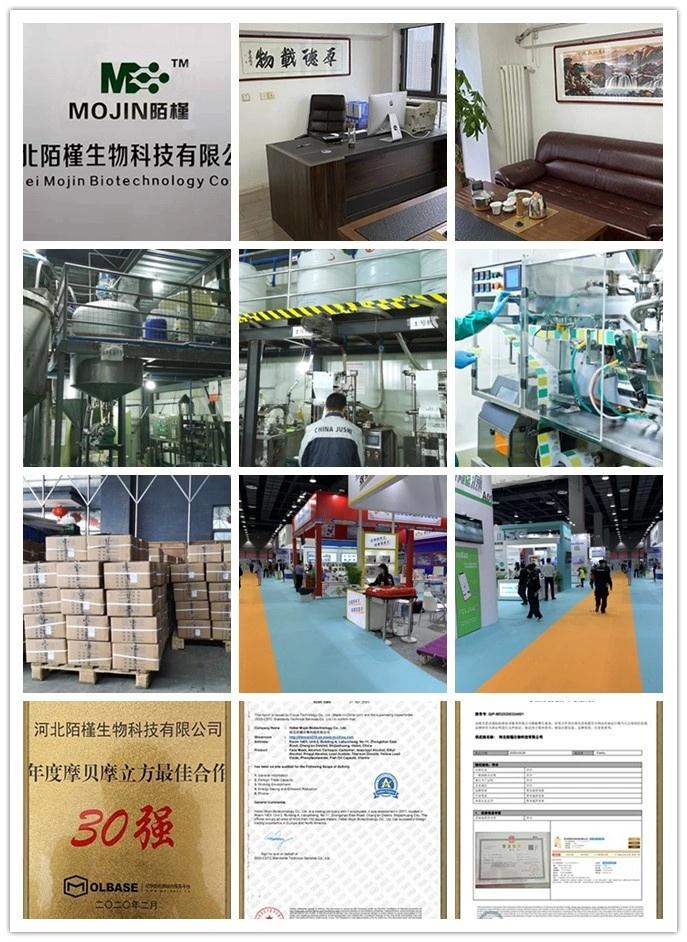 Advantage
Advantage
In stock
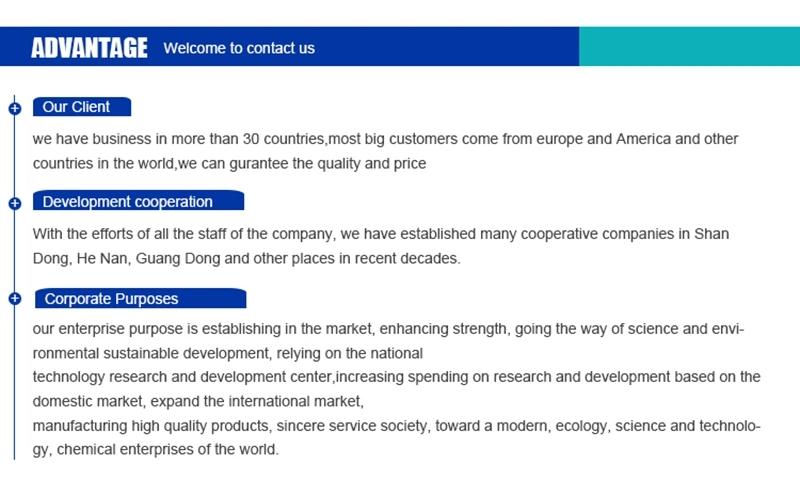
Company Profile Introduction
-
